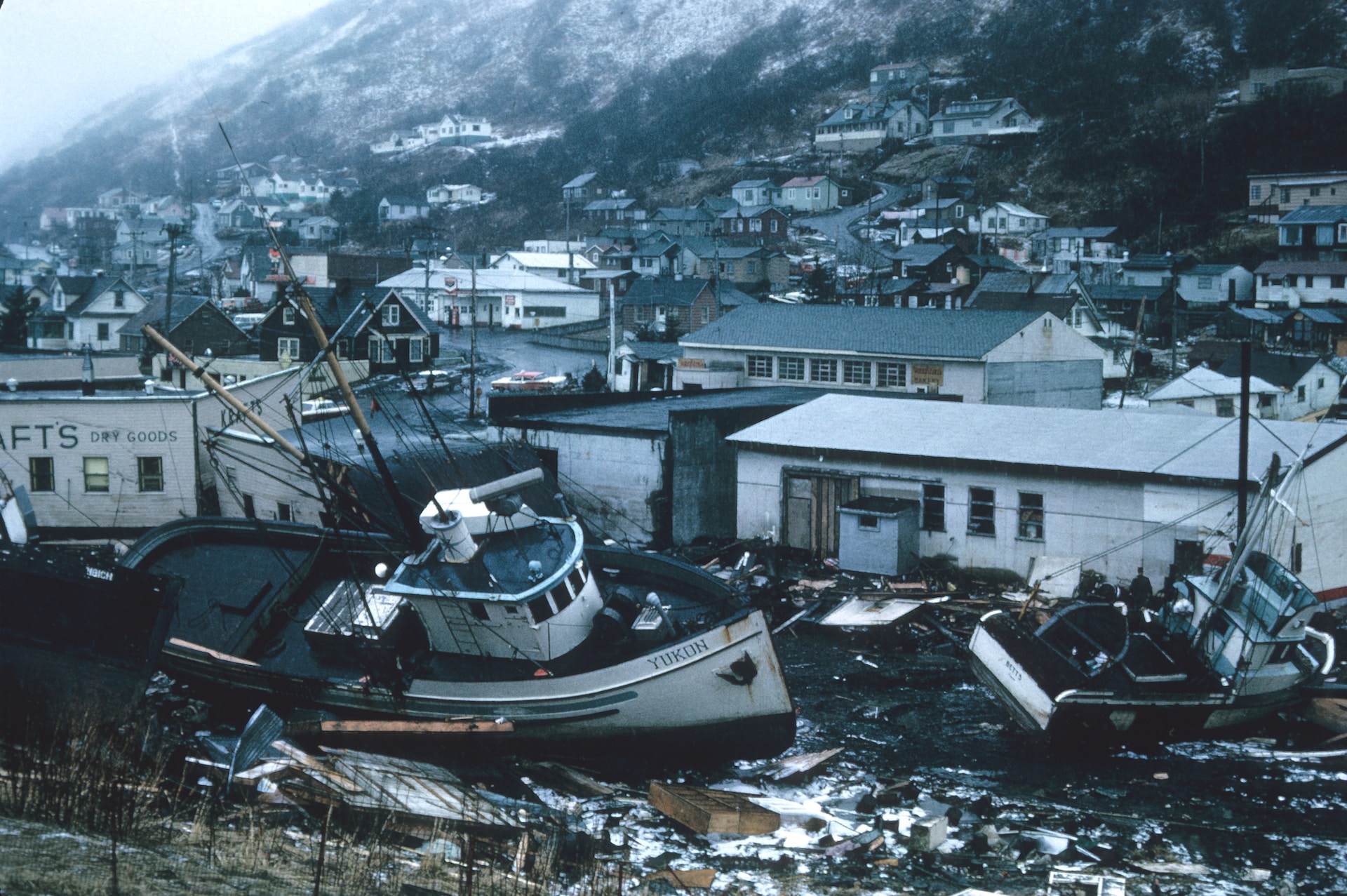Recovery and Resilience:
Selling a Property Affected by Natural Disasters
Natural disasters can strike at any time, leaving a trail of destruction in their wake. From hurricanes and wildfires to floods and earthquakes, these events can have a devastating impact on homes and properties. When a property is affected by a natural disaster, homeowners face a challenging decision: whether to repair and rebuild or sell the property as is. This article explores the complexities of selling a property affected by natural disasters and the importance of recovery and resilience in such situations.
The Emotional Toll
Natural disasters not only bring physical damage but also emotional trauma. Homeowners often have deep emotional connections to their properties, and it can be heartbreaking to see their homes and memories reduced to rubble. The decision to sell a disaster-affected property is not just a financial one; it is often accompanied by a range of emotions, including grief, loss, and uncertainty.

Assessing the Damage
Before deciding to sell a property affected by a natural disaster, it's crucial to assess the extent of the damage and consider the potential for rehabilitation. In some cases, damage may be relatively minor and repairable, while in others, the property may be deemed a total loss. The extent of damage and the cost of repairs will significantly influence the property's market value and desirability.
Understanding Market Dynamics
The real estate market for disaster-affected properties operates differently from the traditional market. Buyers often approach these properties with caution, as they are aware of the potential risks and uncertainties involved. As a seller, it is essential to understand that you may need to adjust your price expectations to attract buyers. To determine a fair asking price, consult with a local real estate agent who has experience in selling disaster-affected properties.
Disclosing the Disaster History
Sellers have a moral and legal responsibility to disclose the property's history, especially if it has been affected by natural disasters. Full transparency is crucial in maintaining trust with potential buyers. Detailed information about the type of disaster, the extent of damage, and any repairs or improvements made should be provided. Failing to disclose this information could lead to legal issues in the future.
Recovery and Resilience
Selling a disaster-affected property is just one option. Some homeowners choose to rebuild and reinforce their properties to make them more resilient to future disasters. This can involve structural improvements, such as reinforcing foundations and roofs, or implementing landscaping and drainage solutions to mitigate flooding. In some cases, government programs or insurance policies can provide financial assistance for such resilience measures.
Recovery and resilience go hand in hand. By investing in resilience measures, homeowners can not only protect their property but also potentially increase its market value in the long term. Buyers may be more interested in properties that have been fortified against future disasters, especially in regions prone to recurring natural events.
Conclusion
Selling a property affected by natural disasters is a challenging process, both emotionally and practically. Homeowners need to carefully assess the extent of the damage, understand the unique dynamics of the disaster-affected real estate market, and be transparent about the property's history. Additionally, investing in resilience measures can make a property more attractive to buyers and contribute to long-term value.
In these trying times, resilience and recovery are not only buzzwords but essential strategies for homeowners and communities to bounce back from the devastating impact of natural disasters. The decision to sell a property is a significant one, and it must be made with a clear understanding of all available options and the best interests of the homeowners in mind.

Related Articles:
• What To Do After A House Fire
• How to Prevent Water Damage at Your Rental Property